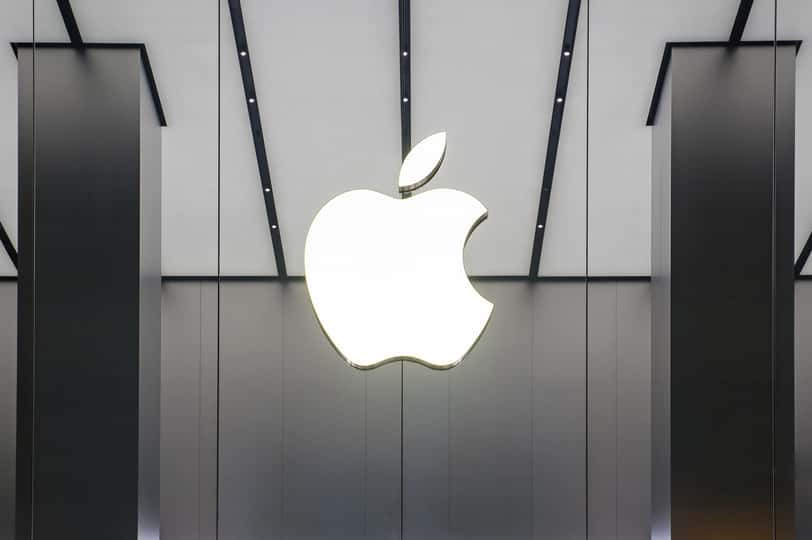Apple, Inc. (AAPL - Get Rating) has been the worst performing FAANG stock in 2021, with a 9% decline year-to-date. This compares to the stock’s 82% gains over the past year—making it the best performing stock in the FAANG group.
Despite the company’s impressive financial performance in its last reported quarter, its premium valuation is one of the major reasons behind the stock’s recent slump. The stock has seen investors’ attention wane in a trend in which they are rotating away from pricey growth stocks and into turnaround non-tech stocks in response to an expected economic recovery and rising bond yields.
While AAPL’s strong fundamentals and cash balance make it a solid long-term investment, prevailing market conditions and investor sentiment might mute the stock’s performance in the short term.
Here’s what could shape AAPL’s performance in the near term:
Macroeconomic Influence
The United States has officially entered the recovery phase. A rapid COVID-19 vaccine roll-out and the passage of recovery legislation containing stimulus checks are driving macroeconomic resuscitation . With falling unemployment and rising consumer spending, the Organization for Economic Co-operation and Development (OECD) expects the United States’ GDP to grow 5.6% in 2021, upgrading its projections from 4.2%. Rising treasury yields indicate investor confidence in a speedy economic recovery.
However, the prospect of increasing per capita spending and rising retail sales as interest rates remain at historically low levels, and direct stimulus check deposits in bank accounts, have induced investors to focus on value stocks rather than growth stocks. Moreover, the sky-high valuations of technology stocks have raised serious concerns regarding a brewing tech bubble. This is reflected in the S&P 500’s forward 12-month P/E ratio of 22.20x, which is significantly higher than its five-year average of 17.70x, and 10-year average of 15.80x.
Thus, the tech sell-off, which began last month, could be just the beginning of the pullback. As such, AAPL might witness further correction in the near term.
Impressive Financials but Concerning Outlook
AAPL set new records in the fiscal first quarter, ended December 26, 2020. The company’s revenues have increased 21% year-over-year to $111.40 billion, while its net income has increased 29.3% from the year-ago value to $28.76 billion. Its EPS rose 35% from the same period last year to $1.68.
However, the company expects its growth trajectory to decline in the fiscal second quarter. AAPL’s CFO Luca Maestri expects the demand for Airpods and products in the Wearables, Home and Accessories category to decline sequentially.
Premium Valuation
In terms of forward non-GAAP p/e, AAPL is currently trading at 27.68x, 10.6% higher than the industry average 25.03x. The company’s non-GAAP forward PEG ratio of 2.14 is 13.2% higher than the industry average 1.89.
AAPL’s forward price/sales and price/cash flow multiples of 6.11 and 22.35, respectively, are higher than their industry averages.
Consensus Ratings and Price Target Reflect Potential Upside
AAPL has an average broker rating of 1.51, reflecting favorable analyst sentiment. Of 40 Wall Street Analysts that rated the stock, 11 rated it Strong Buy and 20 rated it Buy.
The stock is currently trading 16.5% below its 52-week high of $145.09, which it hit on January 25, 2021. Analysts expect the stock to gain 25.3% in the near term to hit $151.75.
POWR Ratings Reflect Uncertainty
AAPL has an overall rating of C, which equates to Neutral in our proprietary POWR Ratings system. The ratings are calculated considering 118 different factors, with each factor weighted to an optimal degree.
AAPL has a C grade for Value, Momentum, Growth and Stability. This is justified, given its declining momentum and sky-high valuations. While the company’s revenues have increased at a CAGR of 7.1% over the past three years, its tangible book value and total assets have fallen 20.6% and 4.5%, respectively, over the same period, which is reflected in its Growth grade.
Of the 49 stocks in the B-rated Technology – Hardware industry, AAPL is ranked #22. You can check out additional POWR Ratings for Sentiment and Quality here.
Click here to check out top rated stocks in the Technology – Hardware industry.
Bottom Line
The current macroeconomic conditions are expected to limit AAPL’s growth in the near term. The diminishing need for social distancing and increasing outdoor activities are expected to lower AAPL’s home products sales. Also, the costs of iPhones and Macbooks are forcing people to use these products for a relatively long period, reducing replacement turnover. Given the company’s lower near-term growth potential and lofty valuation, investors should wait for better entry points in the stock.
Want More Great Investing Ideas?
9 “MUST OWN” Growth Stocks for 2021
How to Ride the 2021 Stock Market Bubble
5 WINNING Stocks Chart Patterns
AAPL shares were trading at $120.40 per share on Wednesday afternoon, down $0.68 (-0.56%). Year-to-date, AAPL has declined -9.13%, versus a 4.42% rise in the benchmark S&P 500 index during the same period.
About the Author: Aditi Ganguly

Aditi is an experienced content developer and financial writer who is passionate about helping investors understand the do’s and don'ts of investing. She has a keen interest in the stock market and has a fundamental approach when analyzing equities. More...
More Resources for the Stocks in this Article
| Ticker | POWR Rating | Industry Rank | Rank in Industry |
| AAPL | Get Rating | Get Rating | Get Rating |






